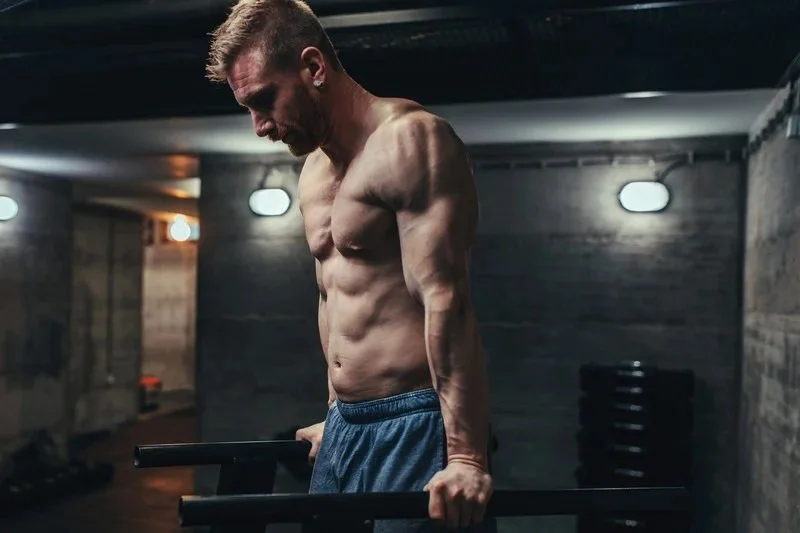The healing power of Platelet-Rich Plasma (PRP) therapy in sports-related injuries
Sports-related injuries are common in the world of athletics and physical activity, affecting both professional athletes and “weekend warriors” alike.
Whether it’s a sprained ankle, a torn ligament, or persistent tendonitis, injuries can derail an athlete’s career and significantly impact their quality of life.
While conventional treatments such as rest, physical therapy, and surgery have long been the standard, a groundbreaking therapy has emerged, offering new hope for athletes and active individuals: Platelet-Rich Plasma (PRP) therapy.
Our practice believes in the incredible potential of PRP therapy to revolutionize how we approach sports-related injuries. In this article, we’ll explore what PRP therapy is, how it works, and the numerous benefits it offers to athletes and those striving to regain their active lifestyles.
What Is PRP therapy and how does it work
Platelet-Rich Plasma therapy is an advanced medical treatment that harnesses the body’s natural healing abilities.
It involves drawing a small sample of the patient’s blood, processing it to concentrate the platelets, growth factors, and other healing components, and then injecting the PRP solution directly into the injured area.
This concentrated combination of growth factors and proteins accelerates the body’s natural healing processes, promoting tissue repair and regeneration.
According to studies published in journals like The American Journal of Sports Medicine and The Orthopaedic Journal of Sports Medicine, PRP therapy has demonstrated positive outcomes in accelerating recovery from tendon, ligament, and muscle injuries.
Platelet rich plasma benefits for sports injury recovery
Enhanced healing and recovery: PRP therapy stimulates the body’s natural repair mechanisms, allowing athletes to heal faster and return to their sport more quickly than with traditional treatments.
Minimally invasive: Unlike surgical interventions, PRP therapy is minimally invasive, reducing the risks associated with surgery and the downtime required for recovery.
Tissue regeneration: PRP promotes the regeneration of damaged tissues—such as tendons, ligaments, and cartilage—leading to stronger and more resilient structures.
Pain management: PRP therapy effectively alleviates pain associated with sports injuries, reducing the need for pain medications.
Personalized treatment: Each PRP treatment is tailored to the patient’s specific needs, ensuring a customized approach to recovery.
Non-steroidal: PRP therapy doesn’t rely on steroids, making it a natural and safe option for athletes concerned about medication side effects.
Conditions treated with PRP sport therapy
PRP therapy has shown remarkable success in treating a variety of sports-related injuries, including:
Tendon injuries (e.g., tennis elbow, Achilles tendonitis)
Ligament injuries
Muscle strains and tears
Osteoarthritis
Stress fractures
Rotator cuff injuries
Cartilage damage
Research also suggests PRP may reduce inflammation and slow cartilage breakdown in degenerative joint conditions, supporting long-term joint health
Real-life success stories
Many professional athletes, including Tiger Woods, Kobe Bryant, and Rafael Nadal, have publicly endorsed PRP therapy for its role in their injury recovery. Their success stories highlight the potential of this innovative treatment to help athletes get back in the game.
Take the next step toward healing with PRP sport
Platelet-rich plasma therapy has become a game-changer in sports medicine. Its ability to enhance healing, reduce pain, and promote tissue regeneration makes it an invaluable tool for athletes and active individuals seeking to overcome sports-related injuries.
Our commitment to advancing medical science allows us to help patients transcend their limitations and reach new heights in their pursuits. PRP therapy is just one example of how science and innovation come together to improve lives and redefine what’s possible.
If you’re an athlete or someone dealing with a sports-related injury, don’t hesitate to explore the benefits of PRP therapy.
Contact us at info@galvezsportsmed.com to learn more about how PRP therapy can help you get back to doing what you love.
Your journey to recovery and peak performance starts here.
FAQs about PRP therapy for sports injuries
1. How many PRP sessions will I need?
Most patients benefit from 2–3 sessions spaced several weeks apart, depending on injury severity and individual healing response.
2. Is PRP therapy painful?
Mild discomfort may occur during injection, but it’s generally well-tolerated. Some soreness can appear afterward as healing begins.
3. How soon will I see results?
Improvement typically begins within a few weeks, with continued progress over several months as tissue regenerates.
4. Can PRP replace surgery?
In many mild to moderate cases, PRP can help avoid or delay surgery, but severe injuries may still require surgical intervention.
5. Are there any risks or side effects?
Because PRP uses your own blood, the risk of allergic reaction or infection is minimal.

